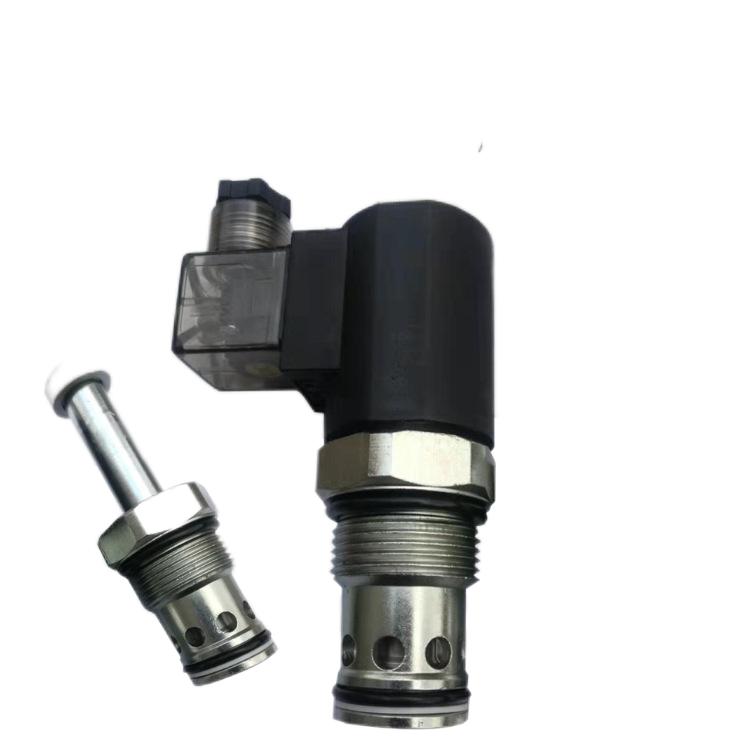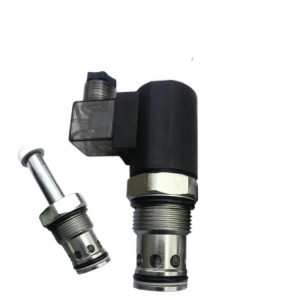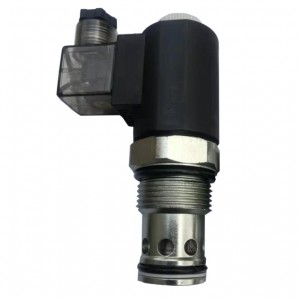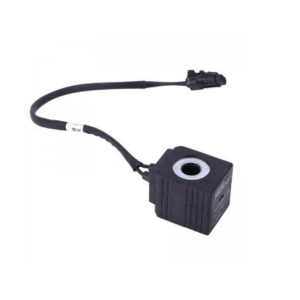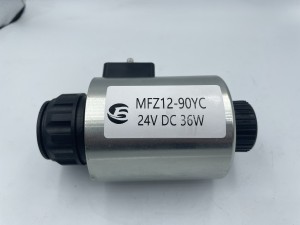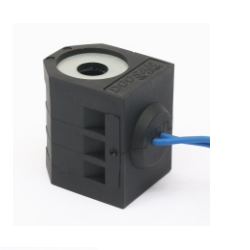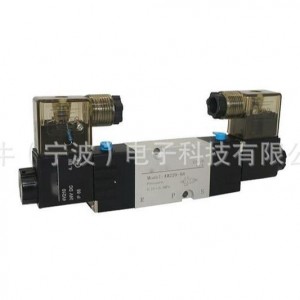Hydraulic solenoid valve SV16-20 is threaded with electromagnetic pressure maintaining valve DHF16-220 normally closed AC220V solenoid valve
Metal infiltration method
◆ Put the workpiece in borax bath with diffusion elements or their alloys, and form high-hardness carbide layers such as V, Nb, Cr and Ti on the surface of the workpiece. This treatment process is called: metal infiltration (TD) method. This process is stable, pollution-free, and the surface of parts is clean, which is an effective surface super-strength hardening technology, thus greatly improving the service life of parts. TD bath materials are made of 40 ‰ ~ 80 ‰ Ni, 10 ‰ ~ 30 ‰ Cr alloy or Fe-Ni-Cr alloy, which have the strongest corrosion resistance and oxidation resistance.
Infiltration method
◆ Infiltration method can form a dense infiltration layer on the surface of parts, which can not only improve the hardness, wear resistance and fatigue ability of parts, but also improve the corrosion resistance of non-stainless steel parts and the hardness of parts that cannot be quenched. It is an effective way to improve the service life of ultra-high pressure valve parts.
Laser surface treatment
◆ Laser surface treatment technology can improve the mechanical properties, metallurgical properties and physical properties of the material surface, so as to improve the wear resistance, corrosion resistance and fatigue resistance of parts to meet the requirements of different working conditions. Laser surface treatment is a technological method that uses high power density laser beam to heat the surface of material in a non-contact way to realize its surface modification. Laser surface treatment is divided into laser quenching, laser surface melting and laser surface alloying. Laser surface melting of W18Cr4V high speed steel was carried out. Power fish 1200W makes the surface slightly molten. The hardness can be increased to 70HRC. The hardness of ordinary quenching is 62 ~ 64 HRC.

